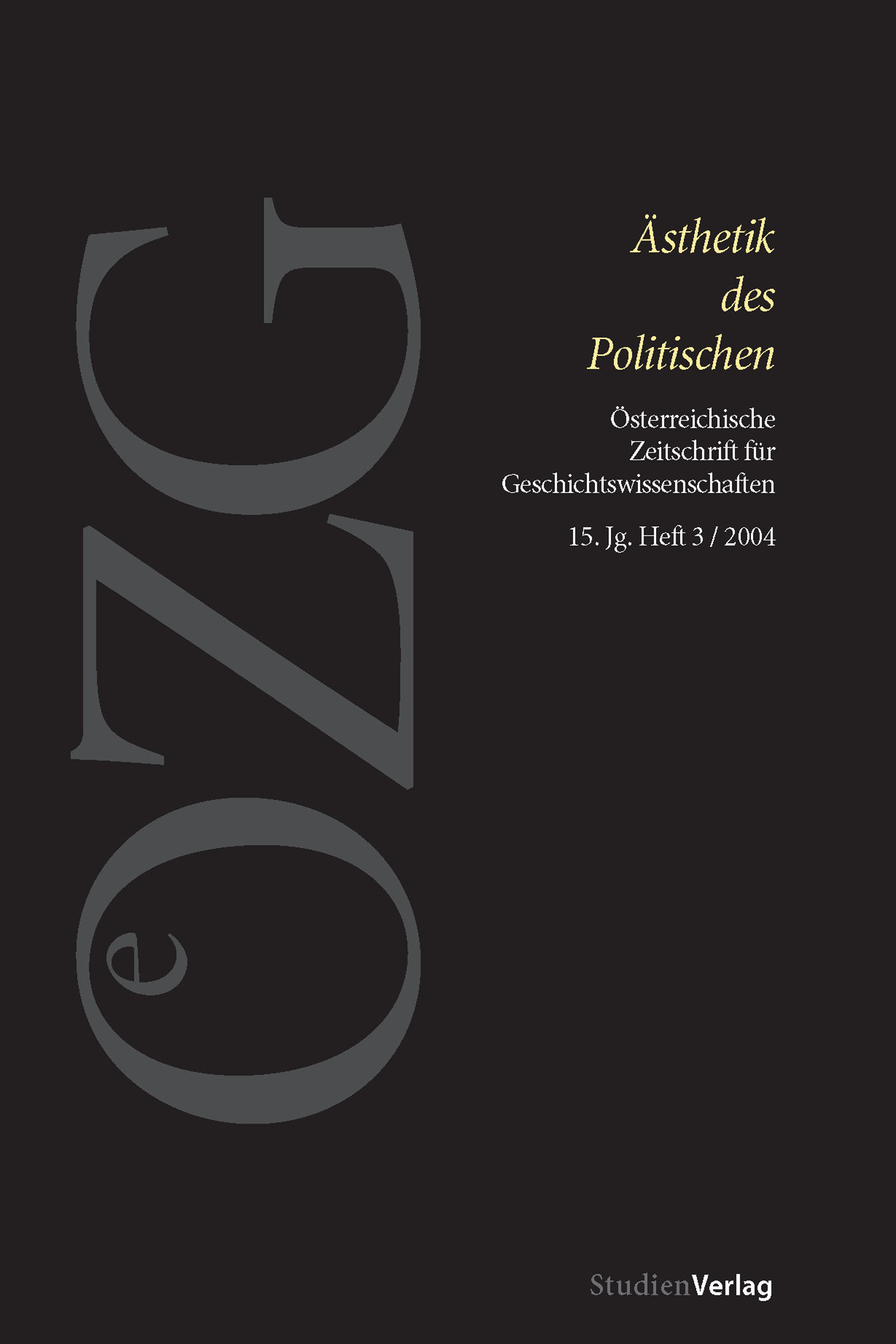Objects, Speed, and the Film within the Film: Vachel Lindsay and Classical Cinema as an Alternative Public Sphere
DOI:
https://doi.org/10.25365/oezg-2004-15-3-4Abstract
This essay reads Vachel Lindsay’s film theory as symptomatic of an oscillation, still present in the period of early classical cinema, between the ordering effect of the classical codes and the centrifugal potential of the film image. Lindsay located this potential in the dispersive effect of filmed objects and spaces. According to Lindsay, these could derail the unity of the narrative and might be actualized by audiences as alternative public spheres, that is, as sites for the articulation of dissident fantasies and desires. Hence, even though Lindsay was primarily invested in disciplining the film text and its viewers, and enlisting the cinema for the promotion of national and cultural unity, he lucidly outlined the structure of a dissident form of spectatorship that has recurred in both experimental cinema and subcultural forms of textual practice.


